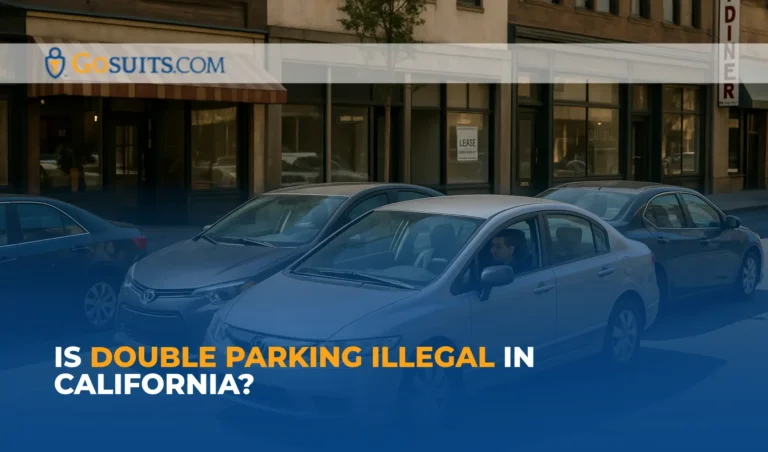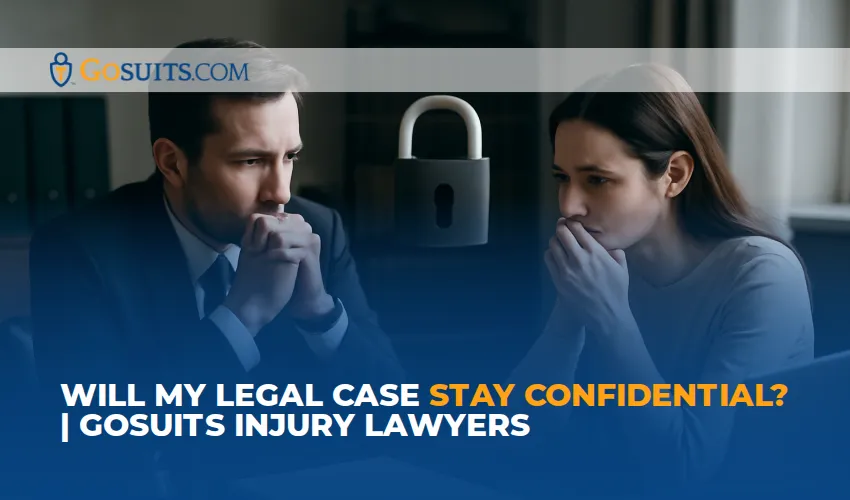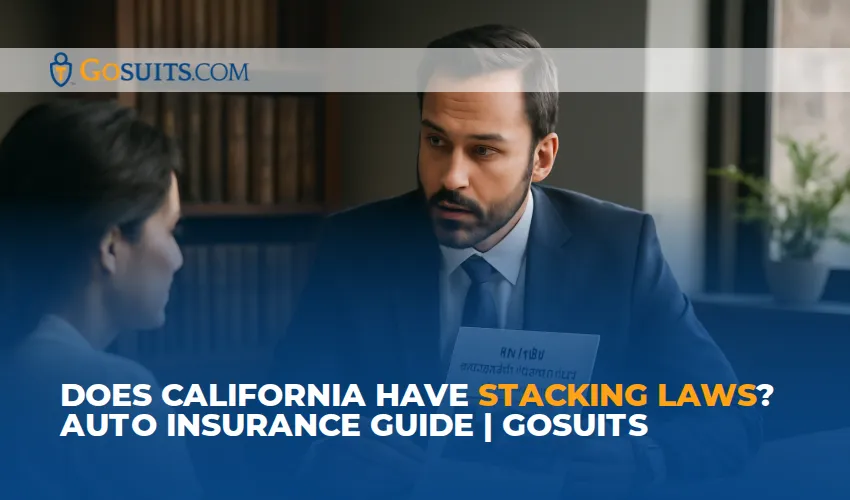In busy cities across California, it is not uncommon to see drivers stop their cars alongside already parked vehicles. Sometimes it is to wait for a passenger, other times to run inside a store for just a moment. This behavior, which is commonly known as double parking, might appear harmless, particularly when hazard lights are flashing. However, under California law, it is typically illegal. More importantly, it can create dangerous situations for other drivers, pedestrians, and cyclists.
If you have been injured or affected by a crash involving a double-parked vehicle, understanding the law and its civil implications can be an essential part of protecting your rights. While traffic enforcement plays a role in regulating this behavior, it also intersects with issues of responsibility, fault, and liability, particularly when someone’s choice to park illegally causes harm to others.
What Is Double Parking?
Double parking happens when a vehicle stops or is left standing in a travel lane next to a car that is already legally parked at the curb. This second vehicle, regardless of whether the driver stays inside or not, is occupying space that should be kept clear for moving traffic. It may block visibility, restrict emergency access, and force other vehicles to make sudden movements.
Despite common assumptions, turning on hazard lights does not make this type of stop legal. Even if the vehicle is only stopped briefly, the fact that it is obstructing an active lane of traffic means that it is violating the law and potentially endangering others. From residential neighborhoods to dense commercial corridors, double parking can cause a chain reaction of unsafe conditions.
Is Double Parking Illegal in California?
California law addresses double parking explicitly. Under California Vehicle Code Section 22500(h), it is unlawful to stop, park, or leave a vehicle standing—whether attended or not—alongside a legally parked vehicle on a public street. The law is straightforward: double parking is not allowed, even for short stops.
Most cities enforce this rule through parking citations. In high-traffic areas or places with a history of pedestrian or cyclist collisions, enforcement is often stricter. A vehicle that is double-parked may be ticketed or, in some cases, towed if it is deemed to be creating an immediate hazard. These actions are not discretionary—the law provides municipalities with the authority to maintain road safety.
Exceptions to this rule are rare. Some specific commercial or emergency vehicles may have limited leeway under certain conditions, but for typical personal vehicles, the rule applies consistently. It is not the duration of the stop that determines its legality—it is the obstruction of a travel lane.
Consequences of Double Parking
The legal and practical consequences of double parking extend beyond just a citation. When a driver chooses to stop illegally and someone else is harmed as a result, the situation can shift from a traffic matter to a civil one. Some of the most common consequences include:
- Traffic citations issued by law enforcement or parking enforcement officers. These may carry increasing fines in certain districts or during peak hours.
- Towing and impoundment, particularly if the vehicle is blocking access to emergency services, bus stops, or loading zones.
- Traffic disruptions that cause confusion, restricted visibility, and unpredictable movements by other drivers, pedestrians, or cyclists.
- Civil liability when double parking is shown to have contributed to an accident or injury. This may involve careful examination of whether the illegal stop created a foreseeable hazard.
While many drivers believe they are not causing harm by double parking briefly, the risks become evident when road conditions are altered in a way that leads to an accident. When that happens, civil responsibility may come into play.
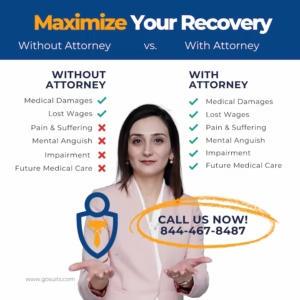
What If You Were Hit Because of a Double-Parked Car?
There are many ways that double parking contributes to collisions or unsafe situations. A pedestrian might be forced to step off the curb into traffic to get around a double-parked car. A cyclist might veer into a vehicle lane to avoid a blocked bike lane. A driver might swerve to avoid the parked car and crash into another vehicle. In these circumstances, the presence of the double-parked vehicle is not just a minor detail. If it changed the normal flow of traffic or limited someone’s ability to make a safe decision, it could be considered a contributing factor to the incident. Under California’s comparative fault system, more than one party can be held responsible for a crash, and an illegally parked vehicle may be one of them, even if it was not moving at the time.
What to Do If You Witness or Experience an Incident Involving Double Parking
When an accident or injury occurs near a double-parked vehicle, what you do next can affect how the situation is understood later. Documenting the scene and understanding the role that the illegally parked car may have played can be important when questions of fault arise.
Here are several helpful steps to consider:
- Photograph the scene, including the location of the double-parked vehicle, the damage caused, and the surrounding traffic conditions.
- Note nearby businesses or street signs that may have surveillance footage or help establish where the incident occurred.
- Write down details while fresh, such as how traffic was moving, how long the double-parked car was there, and whether any other drivers or pedestrians were affected.
- Preserve all medical records if injuries were involved, as they may be important when evaluating the extent of harm connected to the event.
- Consult legal guidance before making assumptions about responsibility. Even if the scene seems straightforward, multiple layers of liability can be involved when traffic violations intersect with injury claims.
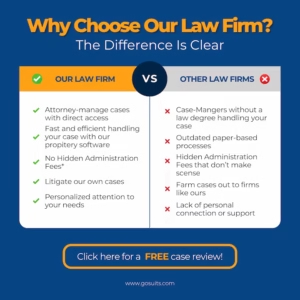
Final Thoughts From A Gosuits Personal Injury Attorney
Double parking may seem like a minor issue, but its impact can be significant, particularly when an accident occurs. California law does not allow for double parking under normal circumstances, and the risks it introduces are not taken lightly. When someone is hurt because of a choice to park illegally, that decision can be legally relevant in the eyes of the civil justice system.
These situations often involve more than just a ticket or fine. They can affect people’s lives, mobility, and financial stability. When that happens, determining whether a traffic violation played a part in the harm is a critical step. In any situation where road conditions were made more dangerous by another driver’s decision, the law provides a path to examine those details and, where appropriate, hold that party accountable.
